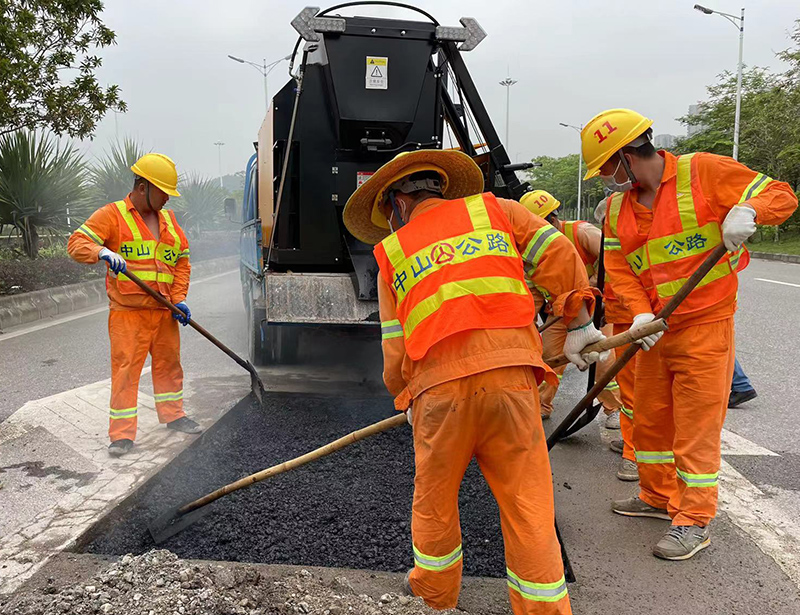
Advantages
l Repair the road surface on-site 100% by recycling existing materials;
l Complete the recycling and paving in one go;
l Greatly reduces the transportation volume of old and new materials;
l Fast, economical, environmentally friendly, and saving raw materials;
l Low cost, reducing the comprehensive cost of construction period, transportation costs, energy and raw materials by 20 to 50%;
l The construction time is short, the opening to traffic is fast, and the impact on public transportation is very small;
l Can complete construction such as recycling, paving, re-paving, and reshaping;
l Eliminates the processing problems inherent in traditional methods.
l Seams and layers are evenly bonded.
Disadvantages
l Hot recycling depth is usually only 6cm maximum;
l Old mixtures that are no longer suitable for recycling cannot be removed, and the range of gradation adjustment is limited;
l The problem of weak roadbed and grassroots cannot be solved.
The design life of a newly built road is usually 15 years. According to surveys and relevant data, when the road is in normal driving conditions and is not overloaded, it usually enters the overhaul and intermediate maintenance periods in 5-7 years. The cycle of major repairs and intermediate repairs is generally about 3 years (such as highway milling and surfacing projects). After 3 years, diseases of varying degrees will appear, such as cracks, ruts, etc. According to our company's follow-up investigation of several roads that have adopted hot recycling technology in recent years. If the road undergoes hot in place recycling maintenance once every 3 to 4 years of use and controls overloading to a certain extent, it can ensure that the major and medium repair time of the road is postponed by 5 to 7 years, and the economic benefits are self-evident.